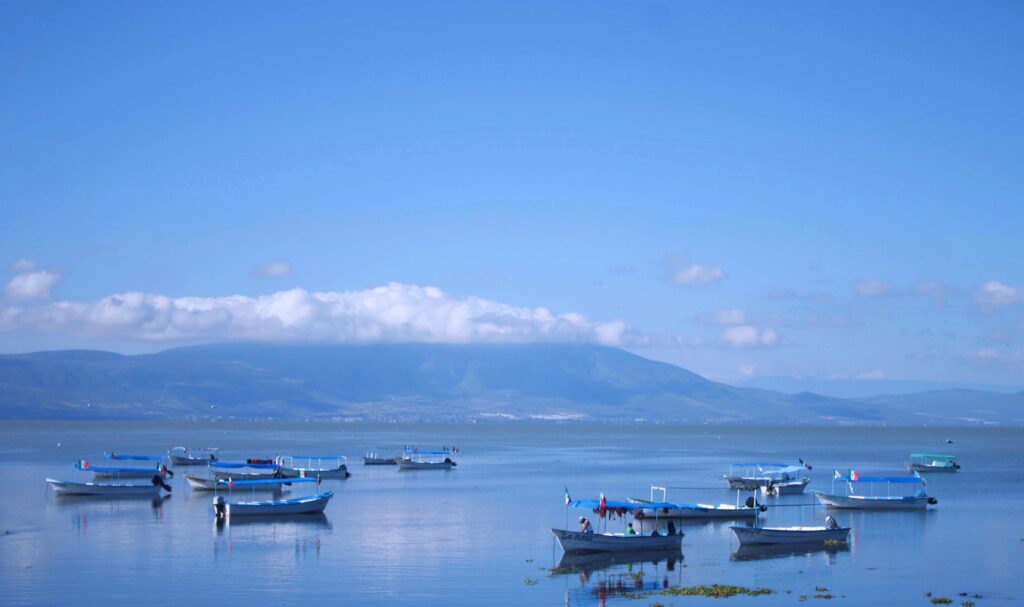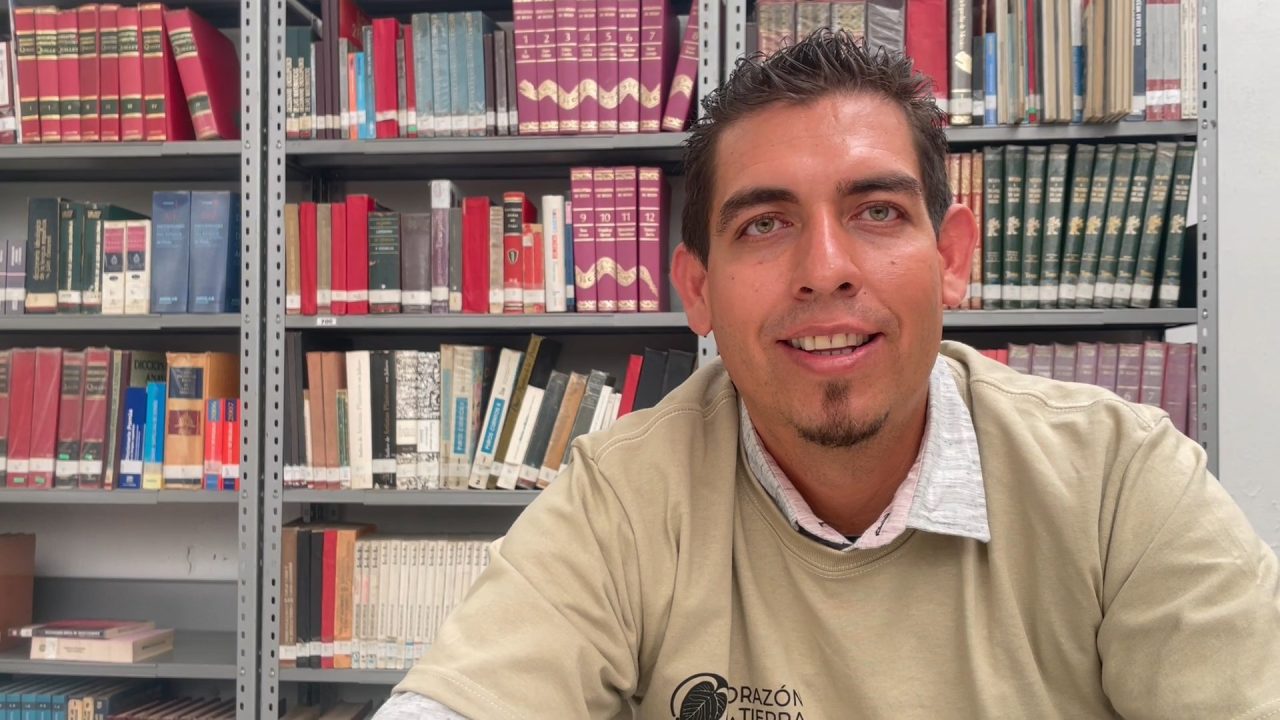Lake Chapala, the largest lake in Mexico, spans the states of Jalisco and Michoacán, serving as a key water source for Guadalajara and surrounding areas. This biodiverse lake supports various species, from fish to migratory birds, contributing to the local ecology and community livelihoods.
However, Lake Chapala faces significant environmental challenges, including pollution, habitat degradation, water over-extraction, and threats from invasive species. Conservation efforts aim to balance these challenges, focusing on restoring water quality, controlling invasive plants, and safeguarding the lake’s crucial role in regional biodiversity and water supply.
Instituto Corazón de la Tierra plays a vital role in conserving Lake Chapala through initiatives aimed at protecting its biodiversity, improving water quality, and promoting sustainable development practices among local communities. Their work includes environmental education, community engagement, and research projects to address challenges like pollution and habitat loss. By fostering awareness and supporting eco-friendly practices, the institute helps ensure the lake’s ecological health and resilience against ongoing environmental threats.
Q: Introduce yourself and what is your relation to Lake Chapala?
I am David Barbosa Arias, a farmer and rancher from Labor Vieja, located at the foot of the Sierra de Chapala. For many years, I used conventional agricultural technologies for my corn and sorghum crops and my livestock.
However, I began to notice that the soil was losing fertility, retaining less water, and the presence of pests was increasing. The costs of fertilizers, pesticides, and livestock feed were also rising. Moreover, cases of pesticide poisoning in my village and neighboring communities were becoming more frequent.
This situation led me to seek alternative practices that would allow me to improve my agricultural and livestock production without the negative impacts I was witnessing.

Q: Why do you think Lake Chapala needs to be protected/restored?
Six years ago, I started making my own agricultural inputs, and three years ago, I joined a Farmers Field School (ECA), facilitated by the Instituto Corazón de la Tierra. This transition has been crucial not only for my family’s income but also for the environment.
Producing my own biofertilizers allows me to know exactly what I’m giving to my animals—cows, goats, sheep, ducks, chickens, and rabbits—and how I am nourishing the land where I grow corn, sorghum, and chickpeas.
What started as a way to reduce costs has also brought about significant environmental benefits. Using natural inputs for both crops and livestock has helped me reduce the use of harmful chemicals, which in turn protects the soil and water in the region.
The reduction in costs has been notable, with a nearly 50% decrease in animal feed expenses and a substantial drop in the costs of fertilizers and pest control.
Q: What future do you imagine of farming in the region?
I believe that more producers in the region will gradually switch to these more sustainable practices, but it requires effort and learning. Some farmers are hesitant to adopt these changes because they think natural inputs like cow manure, tree leaves, milk, and lime won’t work. However, those who have seen my results are beginning to realize that it is effective. I always encourage others to learn how to make their own inputs, as this is key to realizing that the benefits are significant, both economically and environmentally.
Thanks to my participation in the ECA, I have learned how to naturally nourish my crops and better feed my animals. By reducing costs and improving results, these practices are sustainable and beneficial for everyone.


